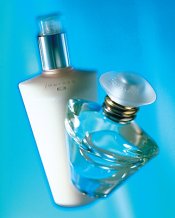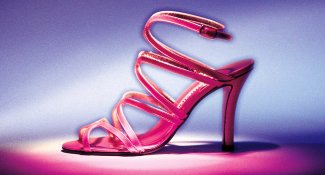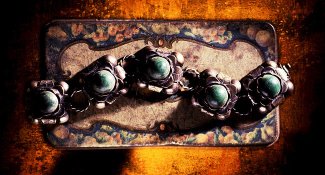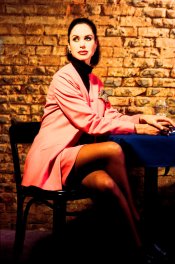M Carter
Member
This may be helpful for those interested in duplicating transparencies...
Always a fan of grain, when Photoshop started to become the norm I wanted to develop something all-analog; I settled on 35mm 320T tungsten, pushed three stops, using a multi-exposure process to get random "analog" shadows and blends that went beyond the control and perfection of Photoshop.
I learned a tremendous amount from this project about partnering with your materials (or lenses, light and color) rather than having absolute control, and I learned huge lessons about leaving space in your plans for creative surprises - gifts-from-the-gods kind of thing. But anyway, I wanted a way to show those images to clients in the mounted transparencies and lightbox days.
I asked the lab if they could dupe on 4x5 Velvia or EPP for even more kick from the colors. They said it was impossible and wouldn't work, and they weren't willing to try (and this was a big pro lab in Dallas!). "Impossible" always gets my brain going though...
My enlarger at the time was a lowly Printmaker 35 with the stock Beseler B&W lens. But I replaced the condenser door with a black cardboard sheet which had a $5 hot shoe flash gaff taped to it (daylight, get it?). Using a 4x5 polaroid back (remember 4x5 polaroid??) I was able to calculate exposure and lighting, and I used ND and color gels in the filter slot to control everything. I managed to create a large portfolio of 4x5 and 8x10 transparencies, duped to Velvia, EPP, and even 64T sheet film.
I suppose these days one would have to make do with Fuji's 100c pack polaroid and do some exposure compensation tests (but even in the days of pro polaroid, there was always compensation one had to memorize on set). Here's a few scans:
Always a fan of grain, when Photoshop started to become the norm I wanted to develop something all-analog; I settled on 35mm 320T tungsten, pushed three stops, using a multi-exposure process to get random "analog" shadows and blends that went beyond the control and perfection of Photoshop.
I learned a tremendous amount from this project about partnering with your materials (or lenses, light and color) rather than having absolute control, and I learned huge lessons about leaving space in your plans for creative surprises - gifts-from-the-gods kind of thing. But anyway, I wanted a way to show those images to clients in the mounted transparencies and lightbox days.
I asked the lab if they could dupe on 4x5 Velvia or EPP for even more kick from the colors. They said it was impossible and wouldn't work, and they weren't willing to try (and this was a big pro lab in Dallas!). "Impossible" always gets my brain going though...
My enlarger at the time was a lowly Printmaker 35 with the stock Beseler B&W lens. But I replaced the condenser door with a black cardboard sheet which had a $5 hot shoe flash gaff taped to it (daylight, get it?). Using a 4x5 polaroid back (remember 4x5 polaroid??) I was able to calculate exposure and lighting, and I used ND and color gels in the filter slot to control everything. I managed to create a large portfolio of 4x5 and 8x10 transparencies, duped to Velvia, EPP, and even 64T sheet film.
I suppose these days one would have to make do with Fuji's 100c pack polaroid and do some exposure compensation tests (but even in the days of pro polaroid, there was always compensation one had to memorize on set). Here's a few scans:















